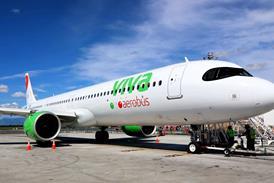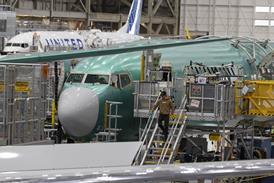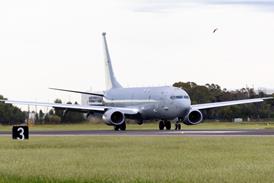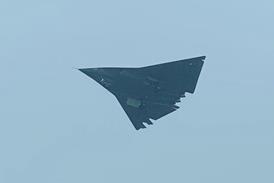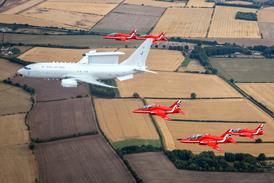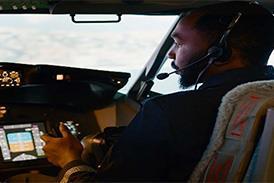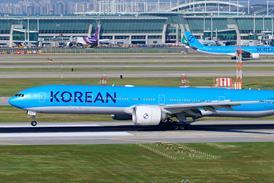China has developed a new advanced jet trainer (AJT), possibly aimed at training pilots for fifth-generation combat aircraft.
The jet, seen in yellow factory primer paint, features twin canted tails and two engines.
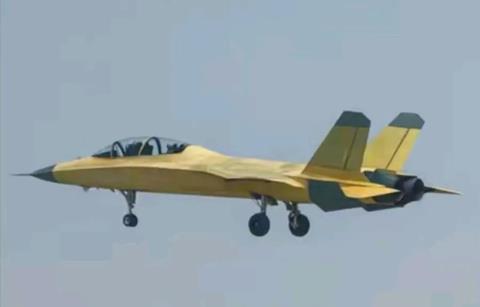
It is not clear where the pictures, posted on Chinese social media, were first shot, but internet sources suggest Chengdu, home of one of China’s key military aircraft design hubs.
The images, which show the aircraft on the ground and in flight, cannot be independently verified.
The aircraft features tandem seats with a large canopy that offers good all-around visibility.
Several features point to low observability. These included its twin, canted tails as as well as a chine leading into a leading-edge extension. An blurry picture shot from below shows that the engine intake is not in-line with the engine’s thrust nozzles, indicating an S-duct that will serve to reduce the aircrat’s radar cross section.
The aircraft appears to be designed for air force and not naval use, as it lacks a catapult launch bar on its front landing gear. Moreover, the main landing gear looks too light for hard carrier landings and no tailhook is readily visible.
It is unclear why China needs a new AJT given that it already operates the Guizhou JL-9 as well as the newer Hongdu L-15. It is understood that the JL-9 and Hongdu-Pakistan Aeronautical Complex JL-8 are being retired in favour of the L-15.
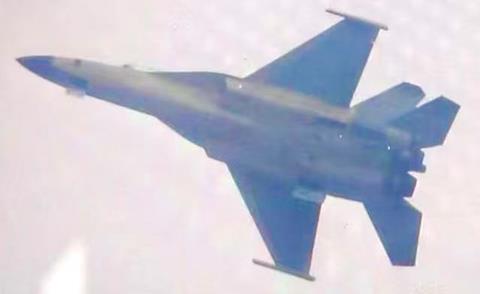
One possibility is that the new AJT will better simulate flying a fifth-generation aircraft such as the J-20, Shenyang J-35/35A, and developmental “sixth-generation” jets such as the three-engined type tentatively designated J-36 and the smaller J-50/XDS.
If so, it may incorporate technology that simulates combat in real time. Western AJTs such as the Leonardo M-346 can generate virtual flying environments where pilots can practice a range of skills.
If confirmed, the aircraft would mark China’s first low observable jet trainer and underline its push to modernise pilot training for fifth-generation operations.

